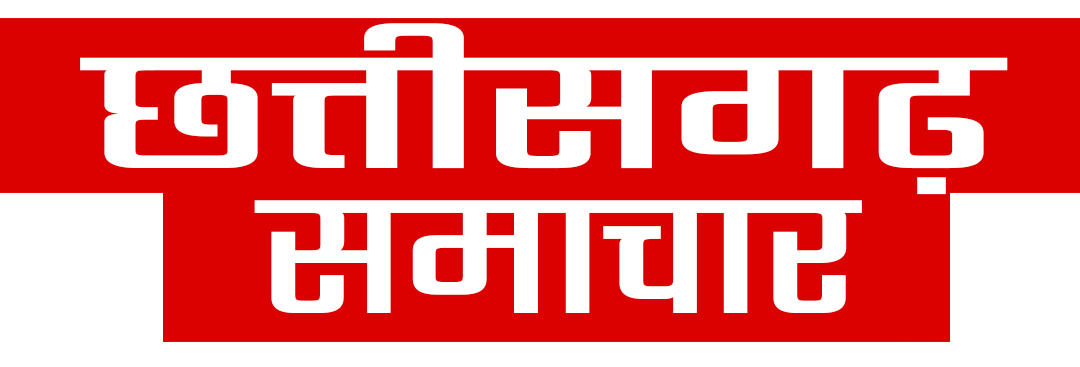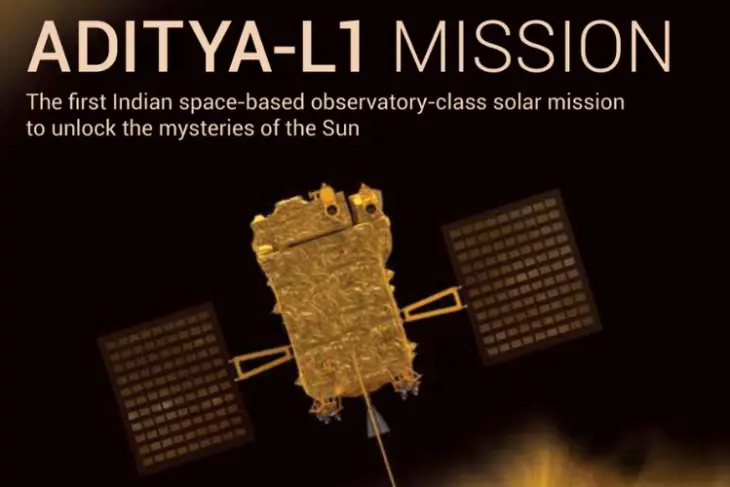In the wake of its historic Chandrayaan-3 Mission, which recently accomplished a successful moon landing, the Indian Space Research Organization (ISRO) is setting its sights on a new horizon – the Aditya-L1 solar mission. With the launch date now unveiled, let’s delve into the details of this extraordinary endeavor.
Aditya L1 Sun Mission: Launch Date and Time Revealed
In an official announcement via its social media platform, ISRO has declared that India’s maiden solar observatory mission, Aditya-L1, is scheduled for liftoff on September 2, 2023. The launch will be executed using ISRO’s PSLV XL rocket from the Satish Dhawan Space Center SHAR (SDSC-SHAR) in Sriharikota, commencing at 11:50 AM IST. This anticipated launch date was initially hinted at by ISRO Chairman S Somanath in an interview with ANI.
Mission Objective and Unique Aspects
The Aditya-L1 mission holds the primary goal of situating the Aditya-L1 satellite in a halo orbit around the Sun-Earth Lagrangian point 1 (L1), stationed approximately 1.5 million kilometers away from Earth. This trajectory, spanning approximately four months, will enable ISRO to meticulously examine the Sun’s outermost layer, the Corona, and conduct real-time in-situ analyses of particles and fields. This empirical approach will shed light on the intricate interplay between solar activities and space weather.
Scientific Exploration and Contributions
The mission is poised to carry an array of seven sophisticated payloads, meticulously designed to delve into various layers of the Sun, including the photosphere, chromosphere, and corona. The comprehensive scientific objectives of the Aditya-L1 mission encompass:
- Scrutinizing the upper atmospheric strata, particularly the Chromosphere and Corona of the Sun.
- Investigating the dynamics of coronal mass ejections (CMEs), flares, and the processes governing the heating of the chromosphere and corona.
- Understanding the heating mechanisms of the solar corona.
- Collecting in-situ particle and plasma data to gain insights into solar particle dynamics.
- Extracting diagnostic information related to coronal plasma attributes such as temperature, velocity, and density.
Unique Features and Unprecedented Insights
The Aditya-L1 mission is set to stand apart in various aspects, setting new benchmarks in solar observation. Noteworthy features include:
- Capturing the solar disk in the near ultraviolet band for the first time, providing unprecedented spatial resolution.
- Examining coronal mass ejections at close proximity to the solar disk, yielding insights into their acceleration.
- Incorporating onboard intelligence to detect CMEs and solar flares, optimizing observations and data collection.
- Utilizing multi-directional observation techniques to comprehend the anisotropy of solar wind.
Joining the Journey
For those keen to witness this remarkable launch, ISRO invites enthusiasts to experience the event firsthand from the Launch View Gallery in Sriharikota. Interested individuals can register their participation through the Space Theme Park registration page. As India embarks on this pioneering mission, the excitement is palpable. Are you eagerly anticipating the Aditya-L1 mission? Share your thoughts in the comment section below and prepare to embark on a journey to uncover the Sun’s mysteries.



